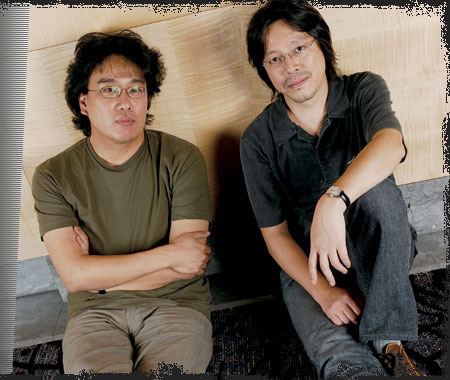The received wisdom among many of Kuroda Iou’s fans has been that his output has been slowed because of health issues. In 2008, a couple of posts on his blog revealed that he’d been hospitalized multiple times that year; one post mentions asthma, another mentions that for a time it looked like he would need surgery for something called PVS. But this summer he tweeted a clarification that he is in relatively good health and has not been battling illness all these years, so while it is true that he has gone through some health scares in the past, it does not appear to particularly impede his work now. I’ve recently become aware of an incident from 2003 that might shed more light on why his work pace has somewhat slowed since his heyday.
In 2003 some students from Keio University visited the offices of Ikki, the monthly manga magazine that serialized Kuroda’s Sexy Voice and Robo (2000-03). Some of the magazine’s editorial staff, including its editor-in-chief Egami Hideki, talked to the students about what their work consisted of; a completely unedited transcript of the talk was later posted on the students’ research group website.
Read more



